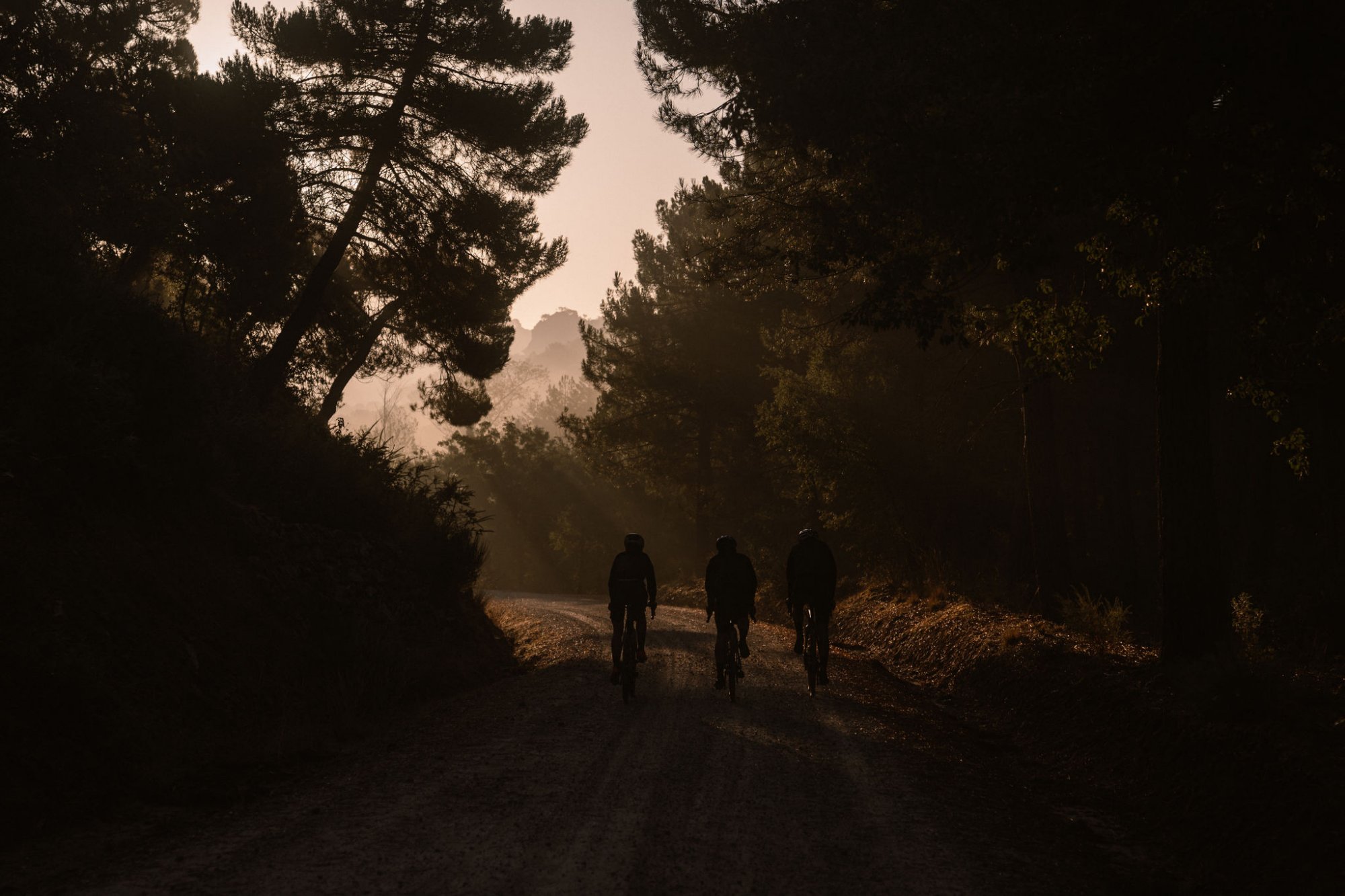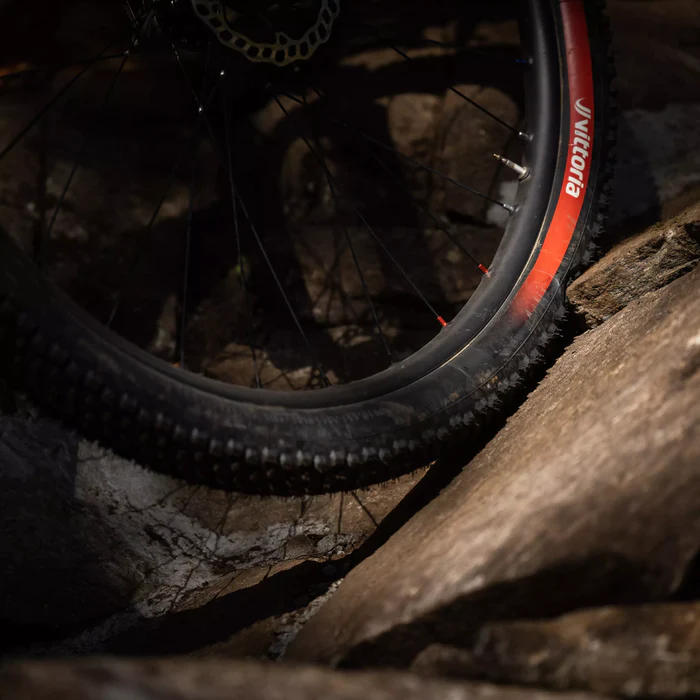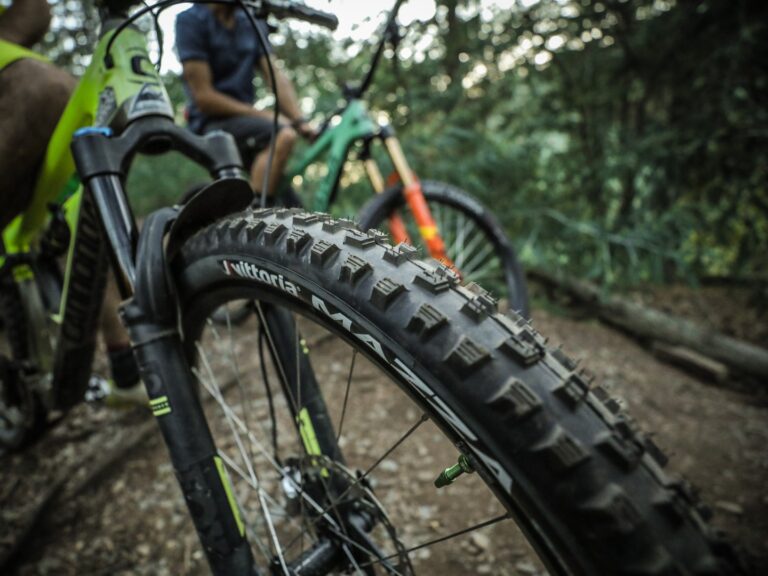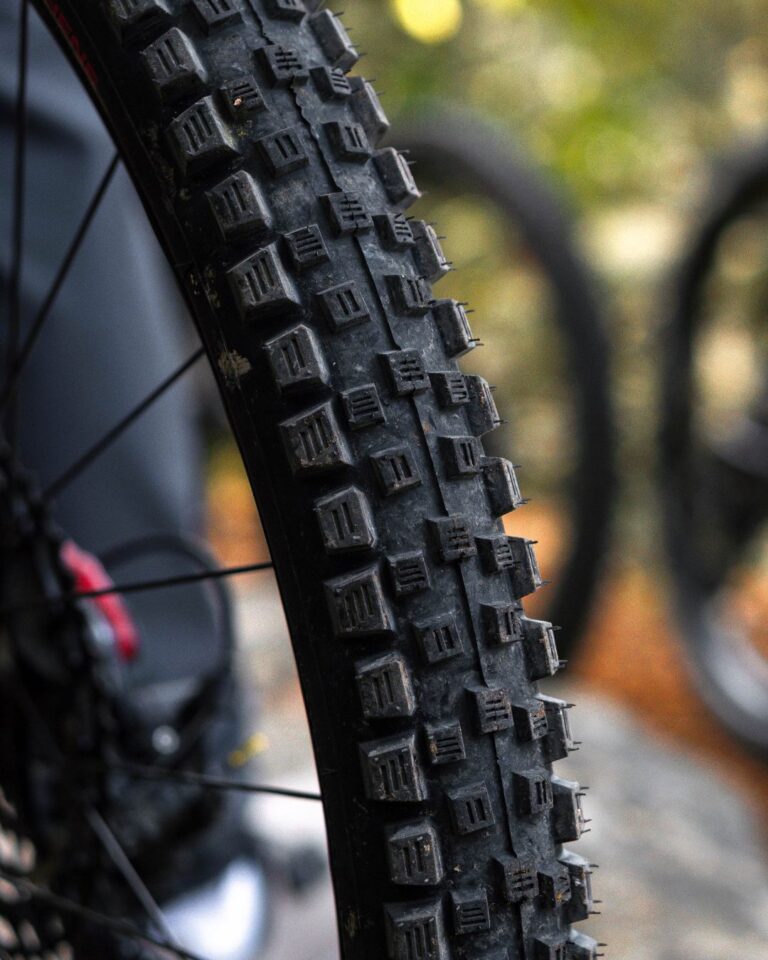Navigating The World: Weight Considerations for Gravel Bike Tires

Key Point Summary of Weight Considerations for Gravel Bike Tires:
- Weight Influences Performance: Lighter tires can enhance acceleration and climbing efficiency but may compromise durability.
- Handling and Comfort: Tire weight impacts bike handling, with heavier tires potentially offering better stability and vibration damping.
- Weight vs. Durability Trade-off: Finding the right balance between a lightweight tire and one that can withstand the rigors of gravel riding is key.
- Personal Preference and Riding Style: Choose tire weight based on your riding style, comfort preferences, and the typical terrain you encounter.
As someone who’s dedicated countless hours to racing and riding across a multitude of terrains on mountain bikes, gravel bikes, and cyclocross bikes, I’ve come to appreciate the nuanced ways equipment choices can influence a ride. Today, I want to unpack the topic of weight considerations for gravel bike tires, an area that’s often overlooked but crucial for optimizing performance and handling.
The Performance Angle
Lightweight tires are often the first choice for riders looking to shave seconds off their times or ease the effort required to conquer climbs. The logic is simple: less weight means less rotational mass, making it easier to accelerate and maintain speed. However, this quest for lightness comes with its caveats. Lighter tires might not offer the same level of protection against punctures or wear as their heavier counterparts. It’s a trade-off that’s worth considering, especially on the unpredictable terrain gravel riders often face.
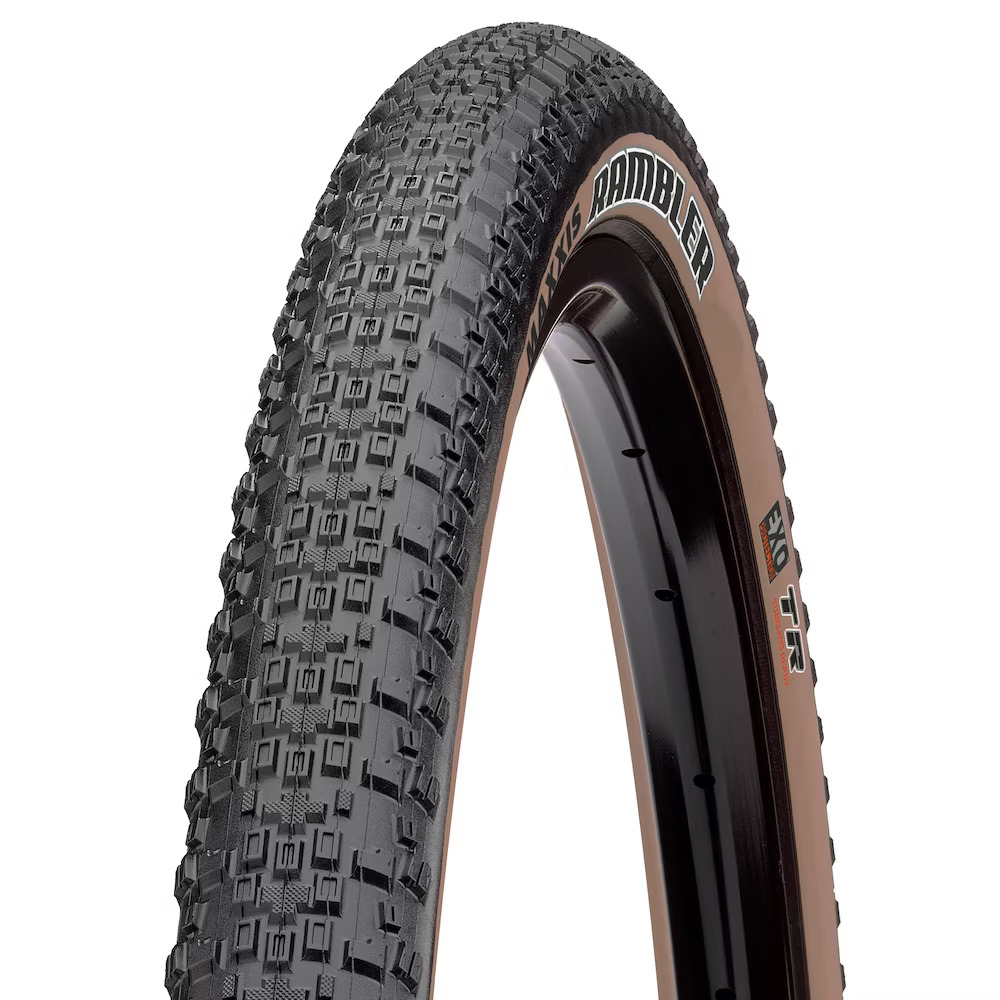
Handling and Ride Quality
The weight of a tire also plays a significant role in how a bike handles and feels during a ride. Heavier tires can offer a more planted feel, providing confidence on loose or rough surfaces. They can also help dampen road vibrations, leading to a more comfortable ride over long distances. On the flip side, lighter tires might make the bike feel more nimble and responsive, allowing for quick changes in direction and an overall livelier ride.
Durability Concerns
One of my early lessons in gravel riding involved a particularly lightweight set of tires that promised unparalleled performance. While they delivered on their promise of speed, they fell short in durability, succumbing to the sharp flints and rough terrain I frequently encountered. It was a clear reminder that the lightest option isn’t always the best choice for every situation. Opting for a tire that strikes a balance between weight and durability can often lead to a more reliable and enjoyable riding experience.
Riding Style and Conditions
Your personal riding style and the typical conditions you ride in should heavily influence your tire weight choice. For those who prioritize speed and race performance, lighter tires might be the way to go, accepting the increased risk of punctures as a worthy trade-off. However, if you’re someone who enjoys long, adventurous rides where reliability and comfort are paramount, a slightly heavier tire might serve you better.
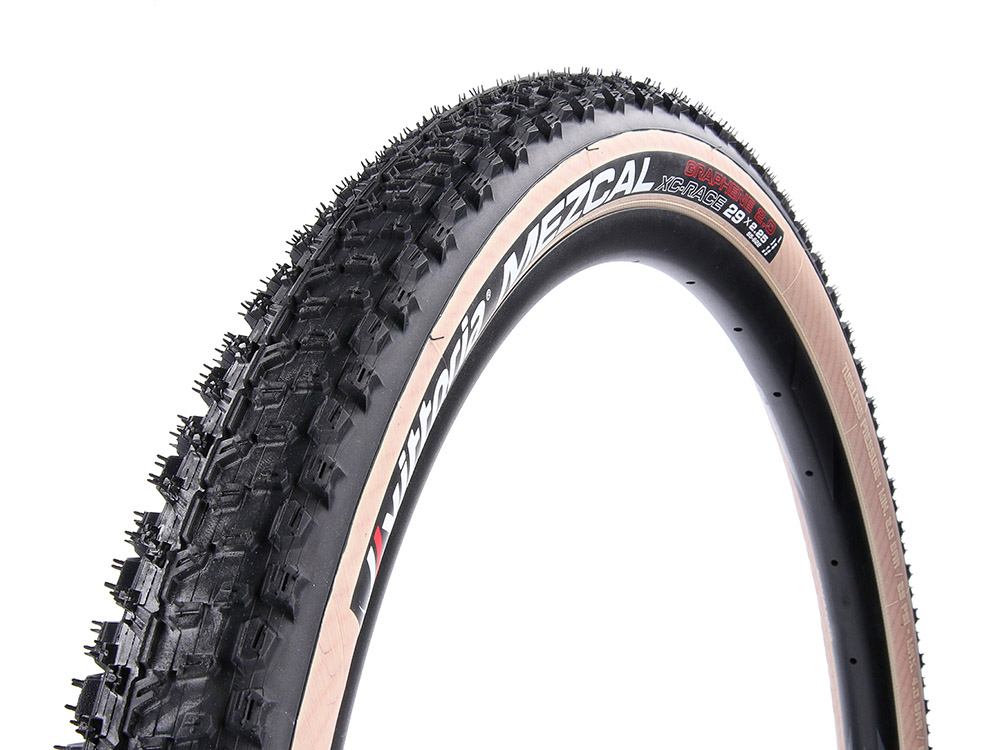
Weight Considerations for Gravel Bike Tires: In Conclusion
Weight considerations for gravel bike tires are a critical aspect of optimizing your ride for performance, handling, and enjoyment. While the allure of lightweight tires is undeniable, it’s essential to weigh (pun intended) the benefits against potential downsides like reduced durability and stability. Ultimately, the best choice will depend on your individual riding style, the terrain you typically encounter, and what you value most in your riding experience. Whether you’re racing, exploring, or simply enjoying the journey, the right tire can make all the difference.
One tire that consistently receives high marks from both riders and critics alike for its versatility, durability, and performance is the Panaracer GravelKing SK.
The Panaracer GravelKing SK is lauded for its ability to handle a variety of surfaces, from smooth pavement to rough gravel and even light mud. It strikes an excellent balance between rolling resistance and grip, thanks to its small, tightly packed knobs along the center and more aggressive lugs on the sides. This design allows for efficient riding on straightaways while providing confidence-inspiring traction in corners and loose conditions.
Additionally, the GravelKing SK comes in a range of widths to accommodate different riding styles and comfort preferences, and it features a durable casing that helps protect against punctures and cuts—essential for the unpredictability of gravel riding. The combination of performance, durability, and versatility makes the Panaracer GravelKing SK a top choice for many gravel enthusiasts, earning it the title of one of the best gravel bike tires available.
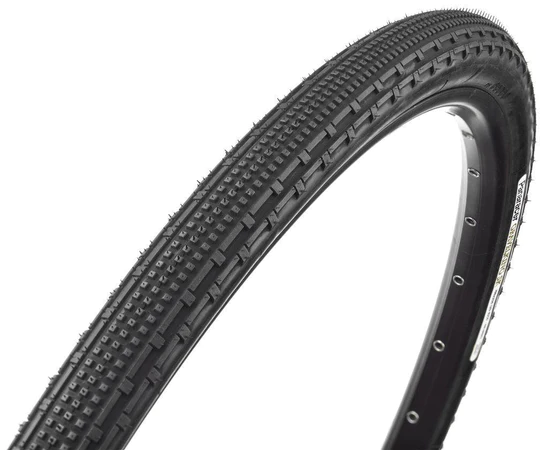
Ride On
John
FAQ
How much does weight matter on a gravel bike?
Weight on a gravel bike matters to an extent; it affects acceleration, climbing, and overall handling, but durability and comfort are also crucial for varied gravel surfaces.
Is 10kg heavy for a gravel bike?
Yes, 10kg is relatively light for a gravel bike, offering a good balance between durability and performance.
Is 13kg heavy for a gravel bike?
Yes, 13kg is on the heavier side for a gravel bike, which may impact performance but could offer added durability and stability.
Are fat tire bikes good for gravel roads?
Fat tire bikes can be good for gravel roads, offering increased stability, comfort, and traction, but they may be slower and require more effort to pedal due to increased rolling resistance.
